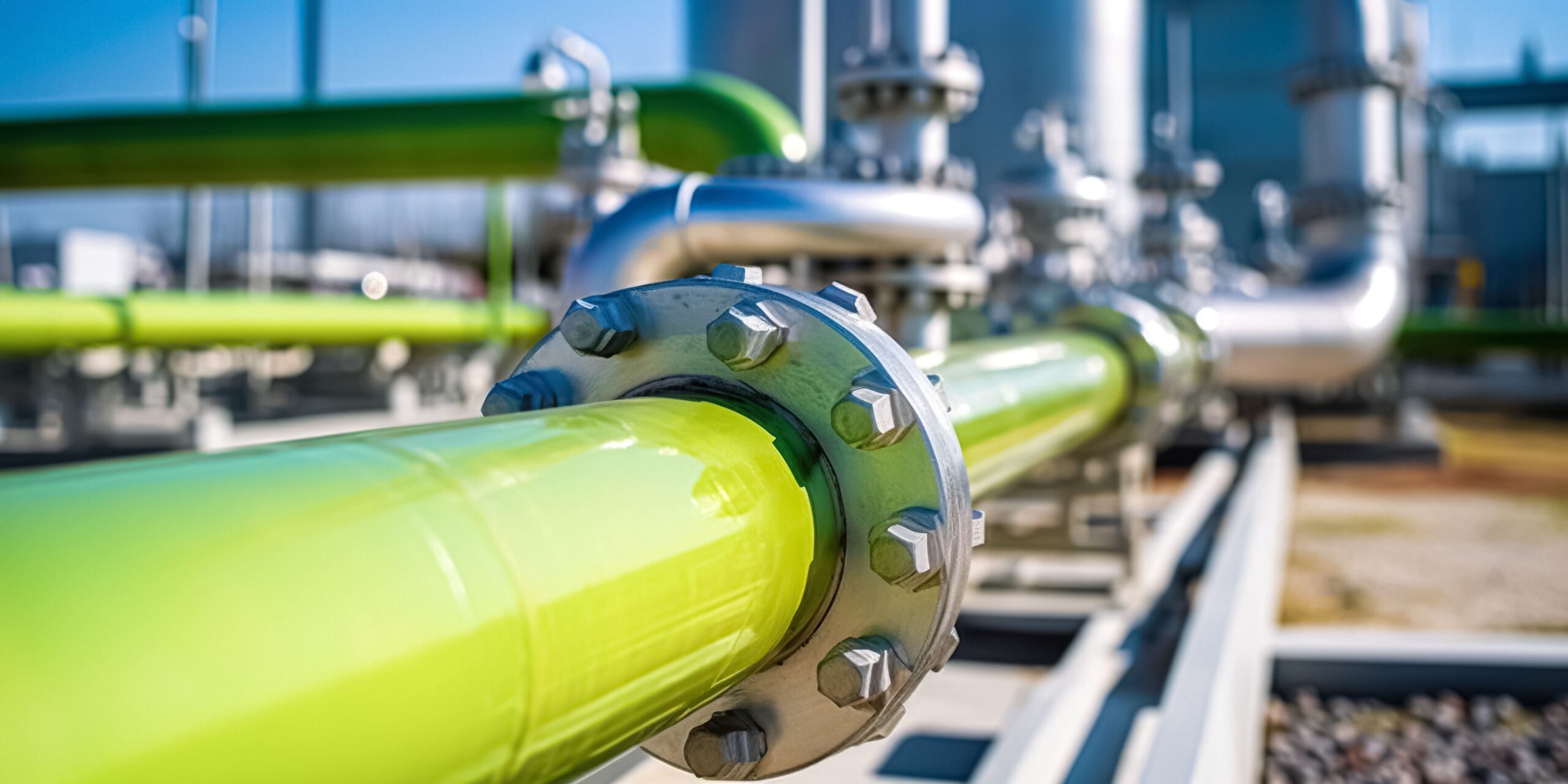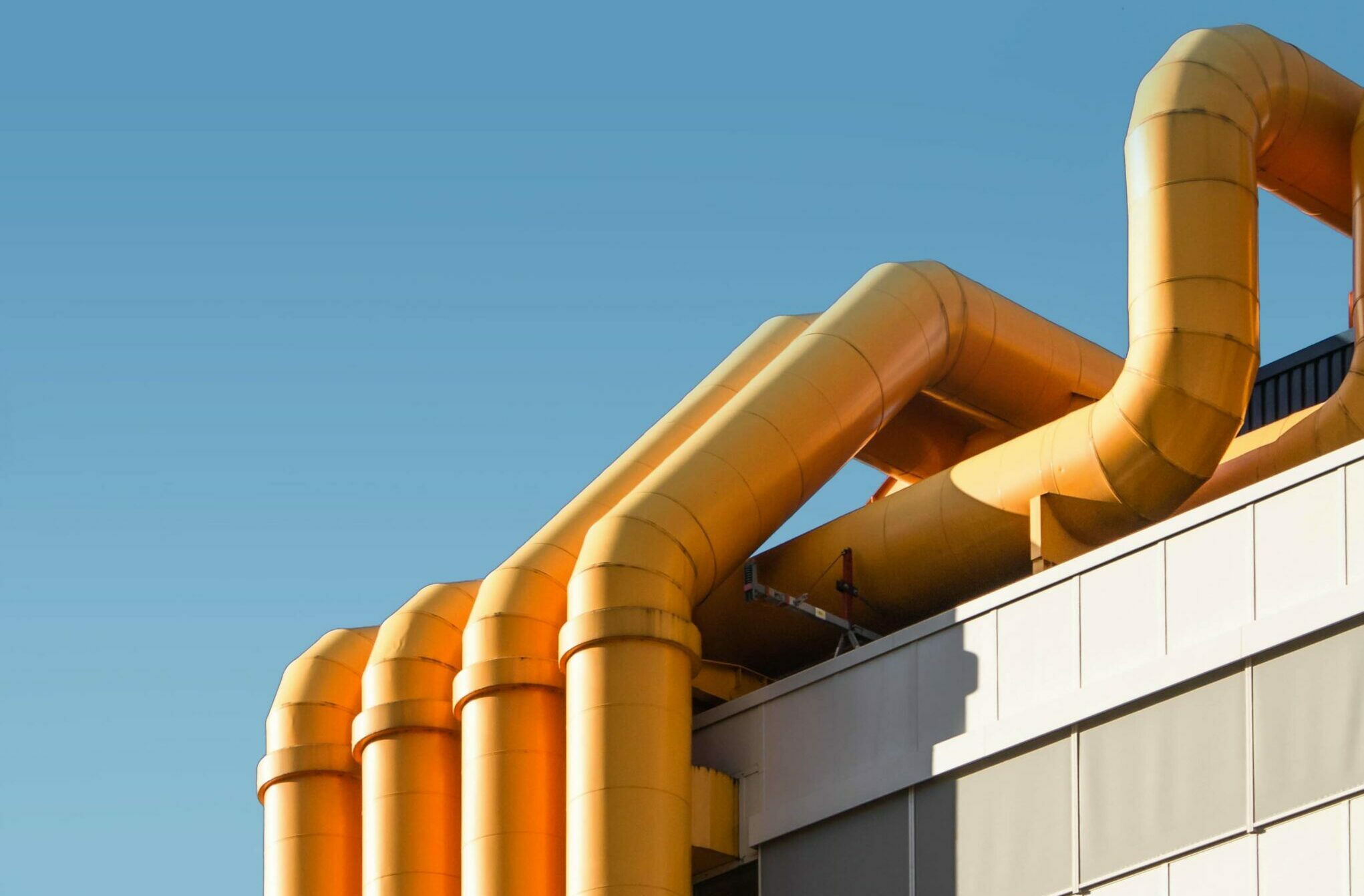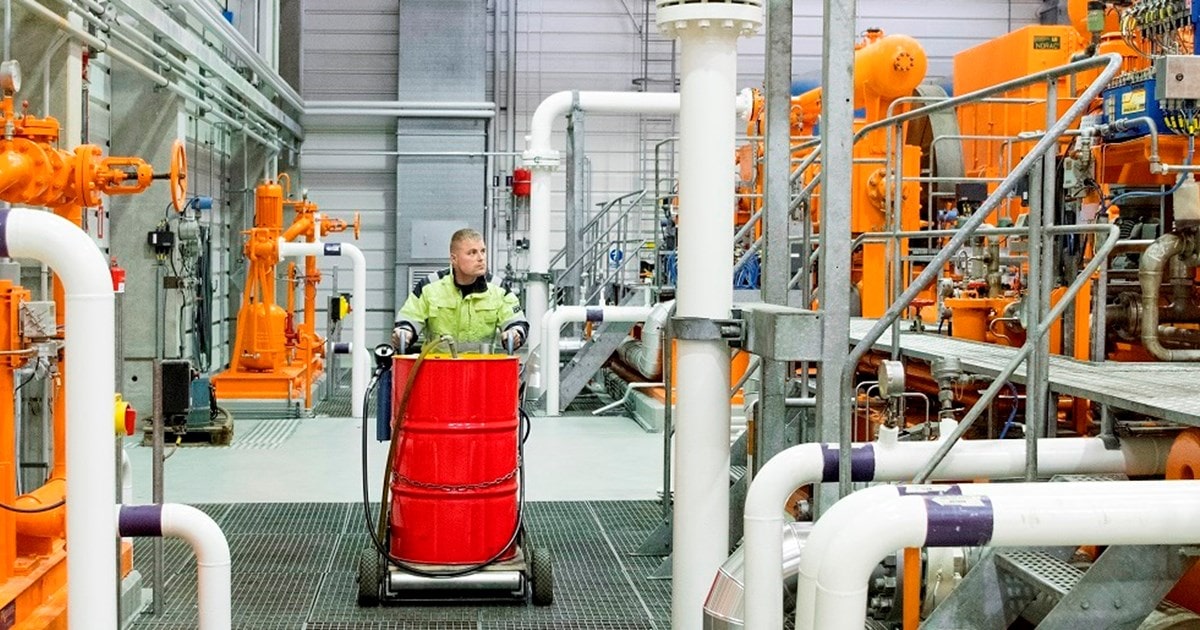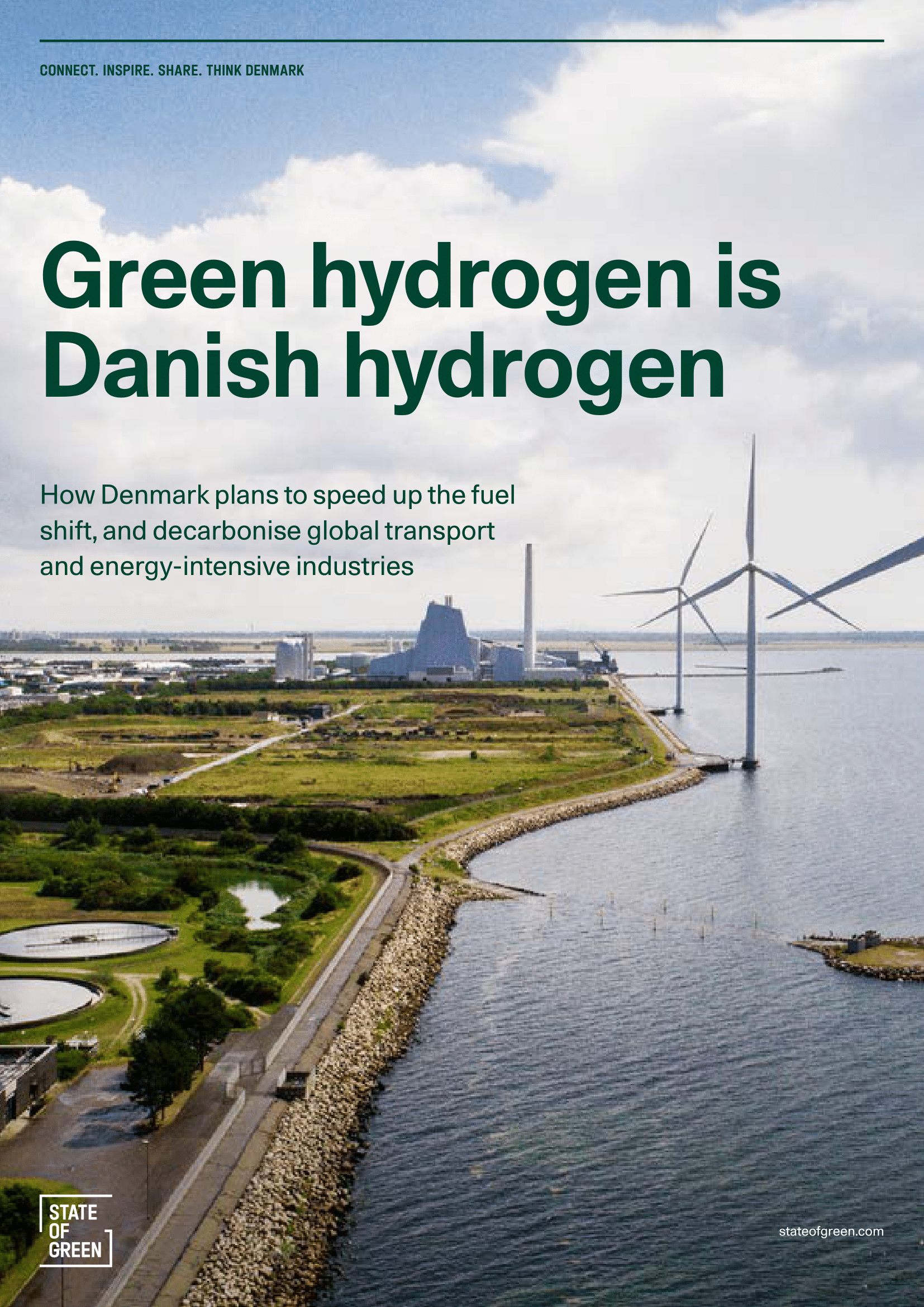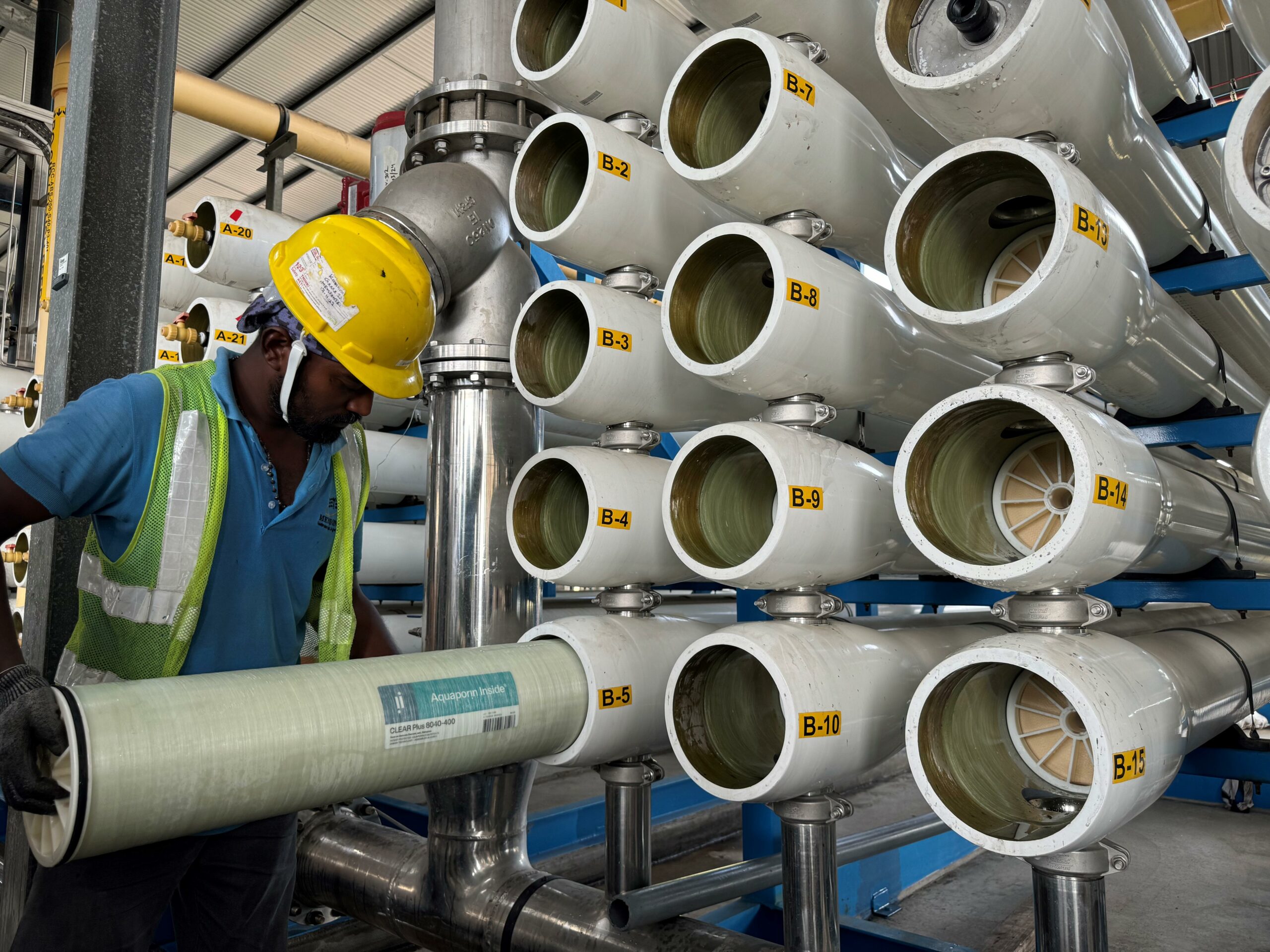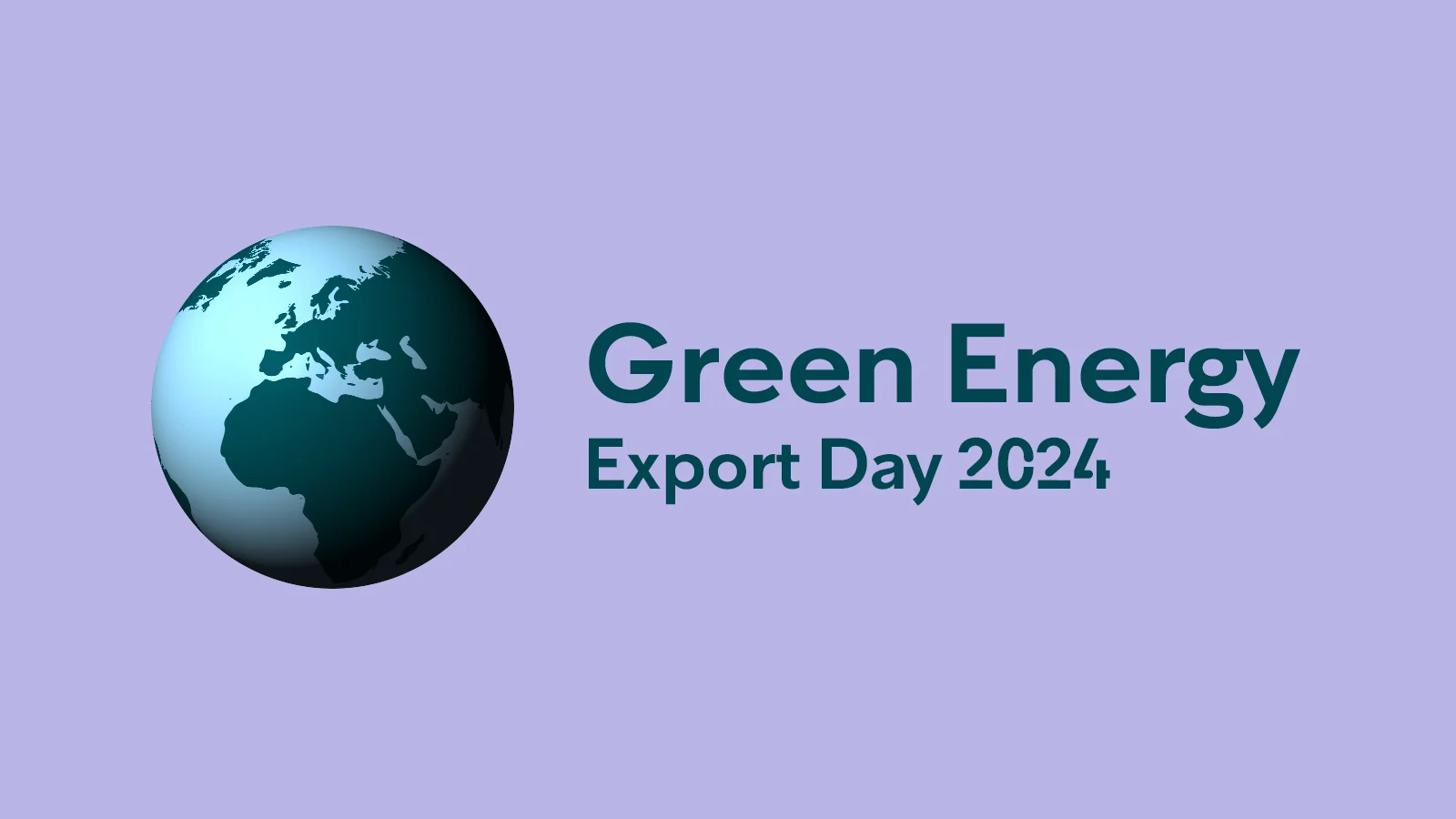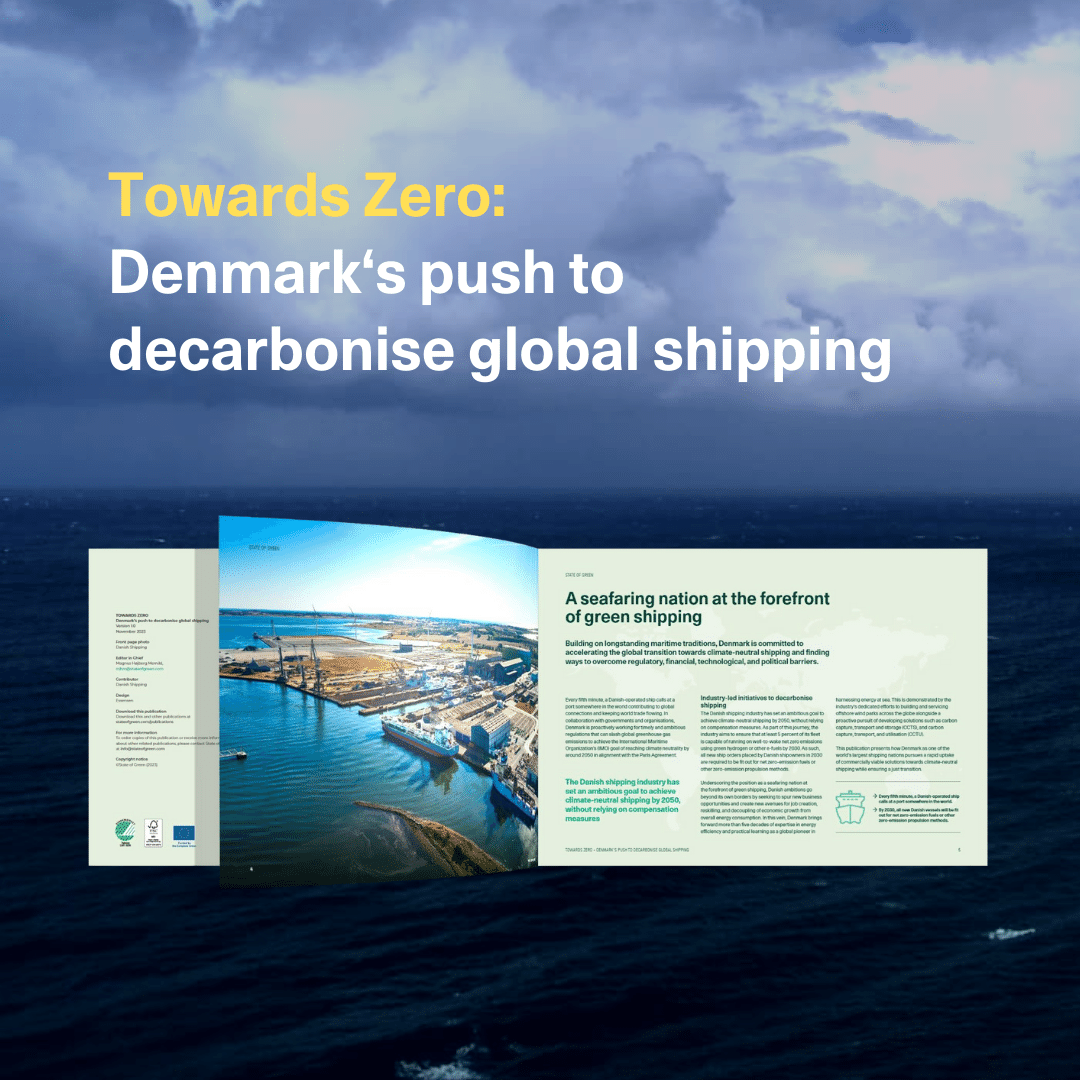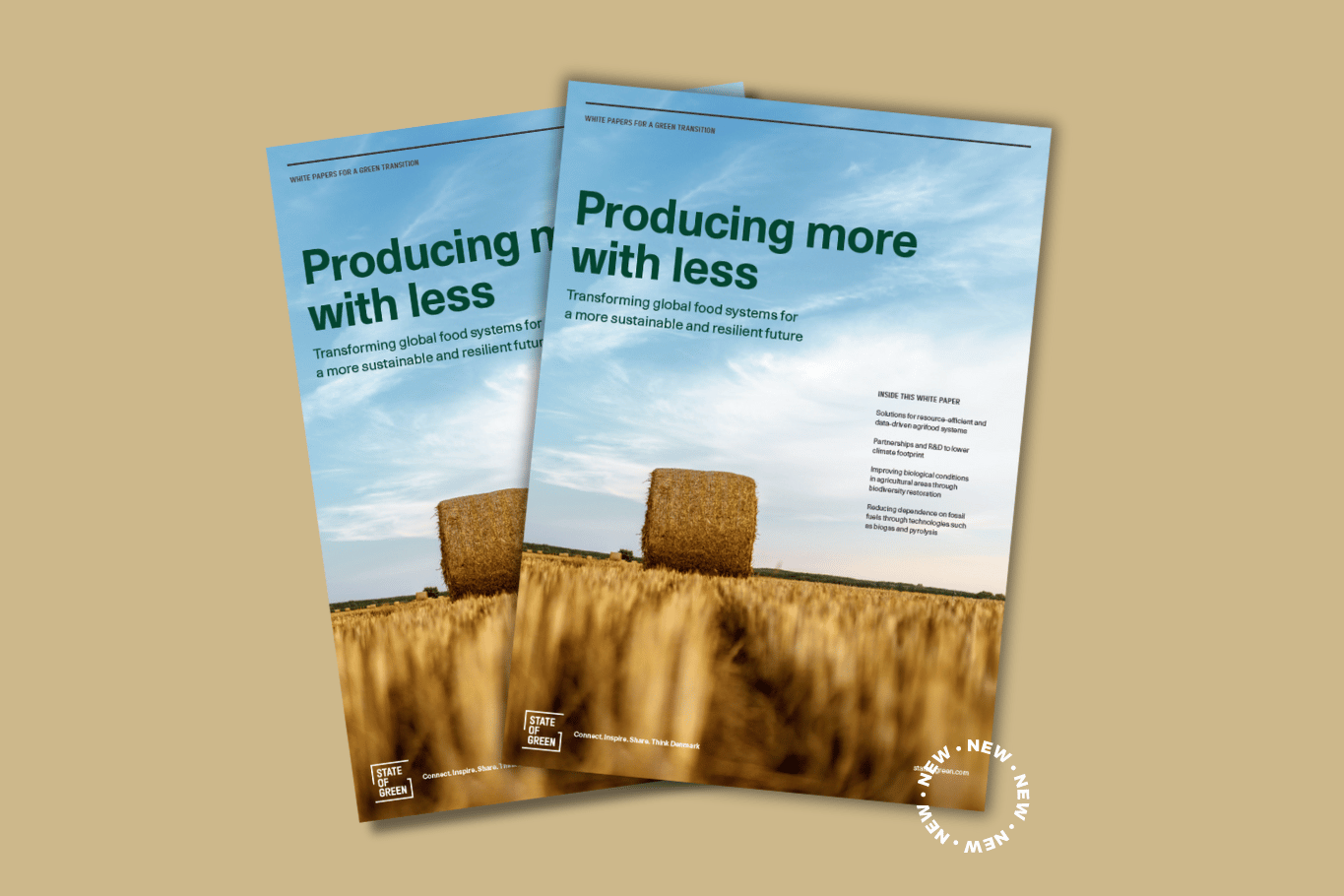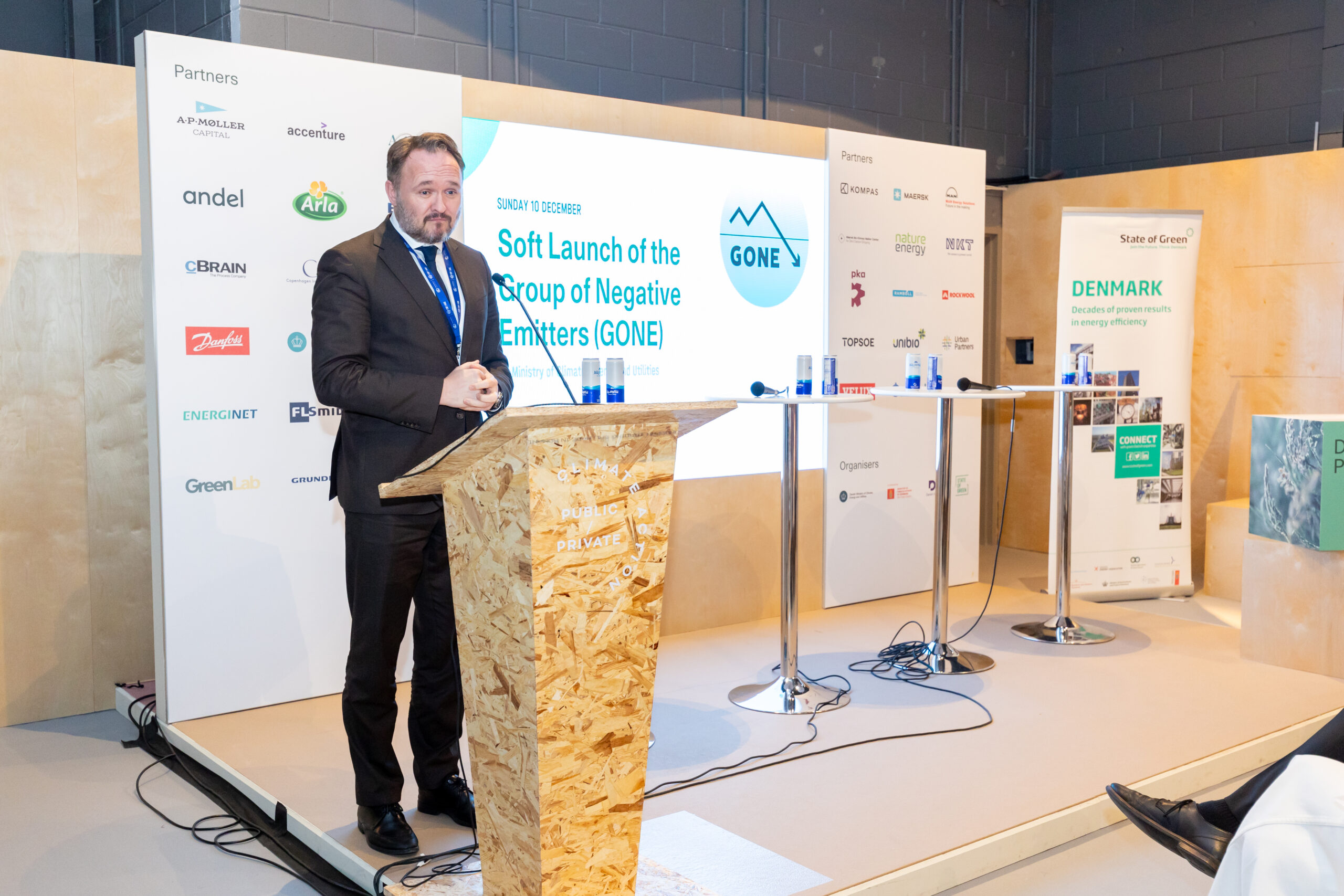Hydrogen infrastructure in Denmark
The Danish government is leading the way by working towards establishing the necessary framework for a market-based roll-out of hydrogen infrastructure. Recently, the government reached an agreement that ensures public ownership and operation of future hydrogen infrastructure in Denmark. The two state-owned gas system operators, Energinet and Evida, will build and operate the infrastructure based on the market demand for pipelines.
Energinet will connect cross-border hydrogen infrastructure, offshore infrastructure, and cross-border pipelines across Denmark to a storage facility.
Evida will connect national hydrogen producers and users to the interconnected Danish hydrogen system. Building up hydrogen infrastructure can happen in part through retrofitting existing methane gas pipelines as they become redundant with the expected reduction of production and demand for methane in Denmark.
